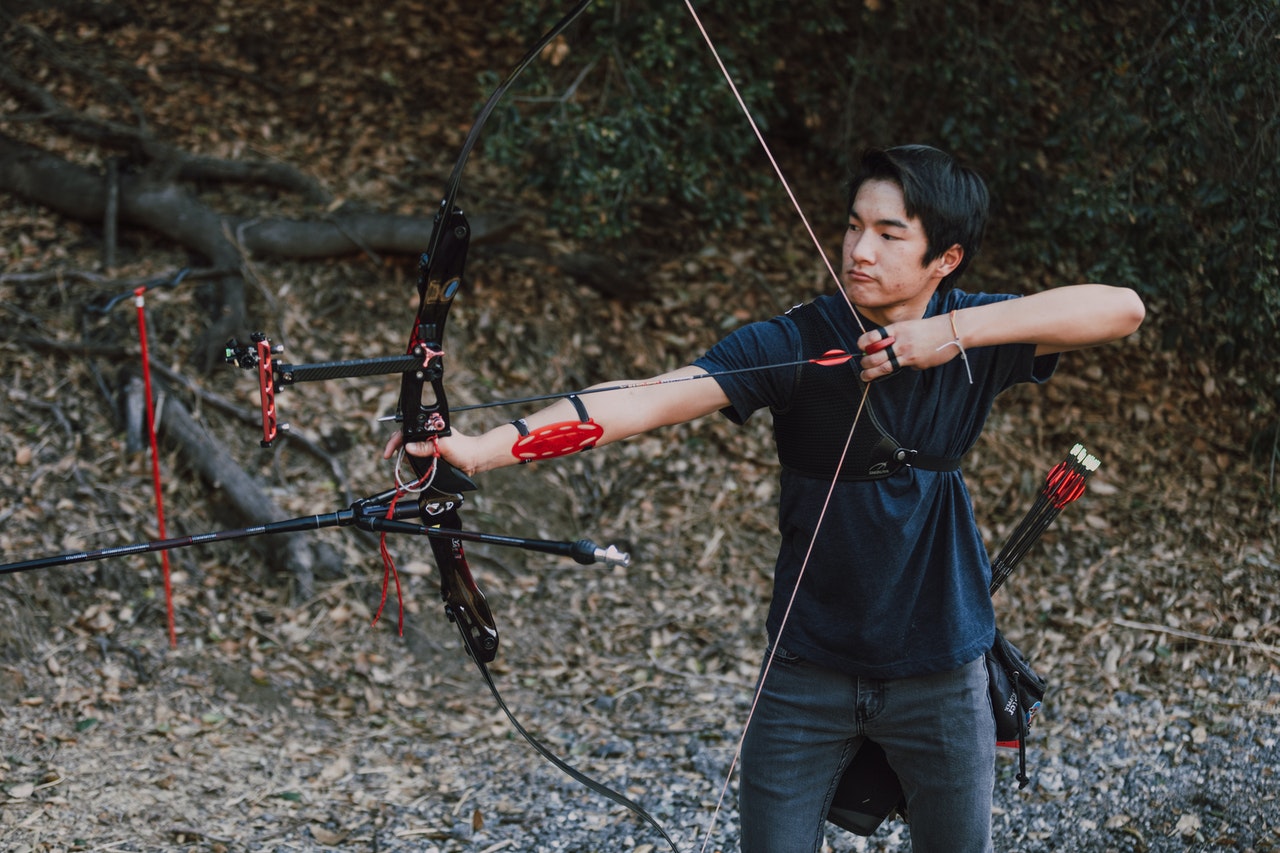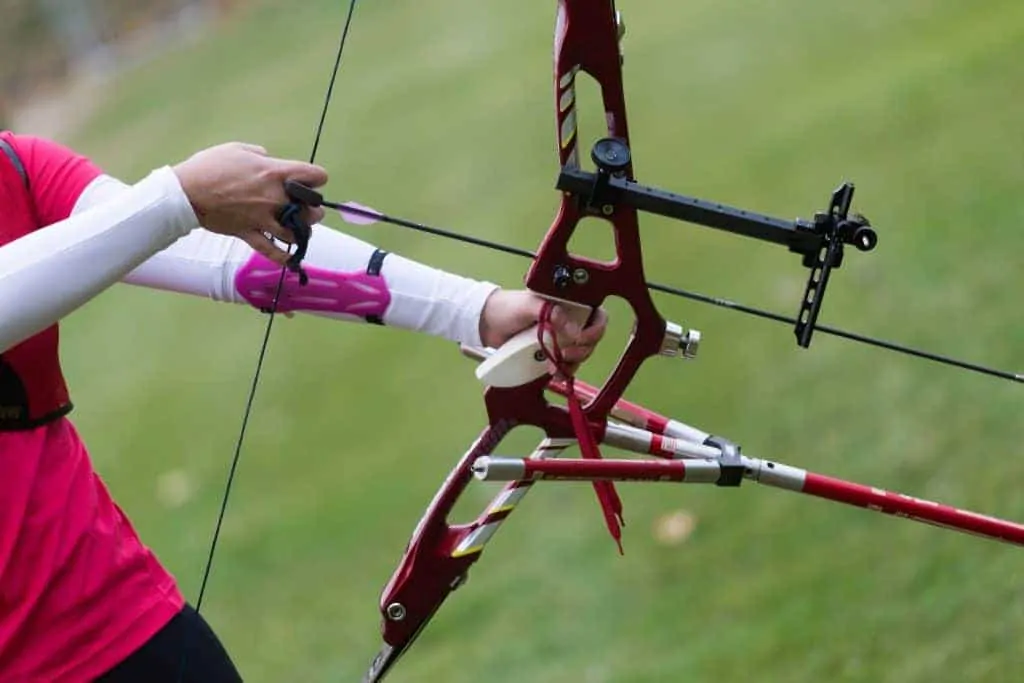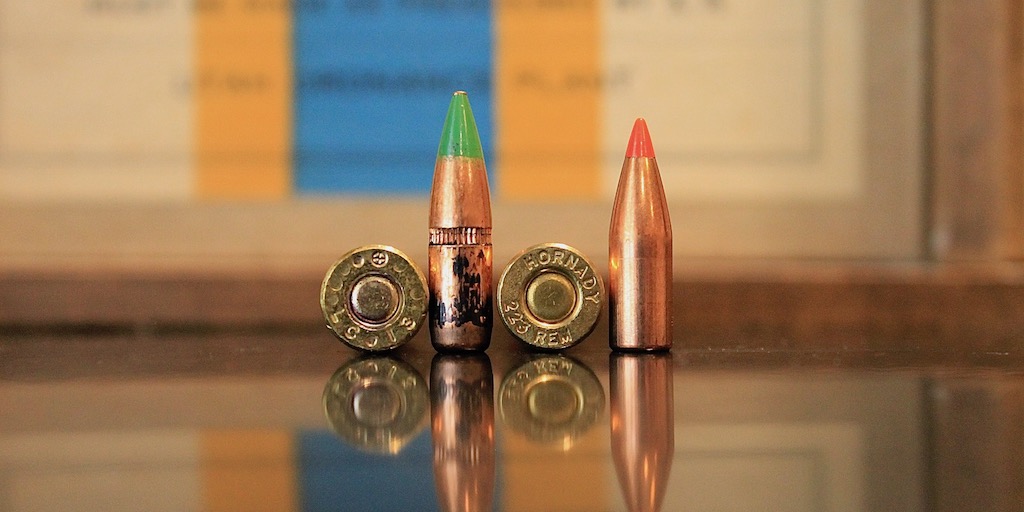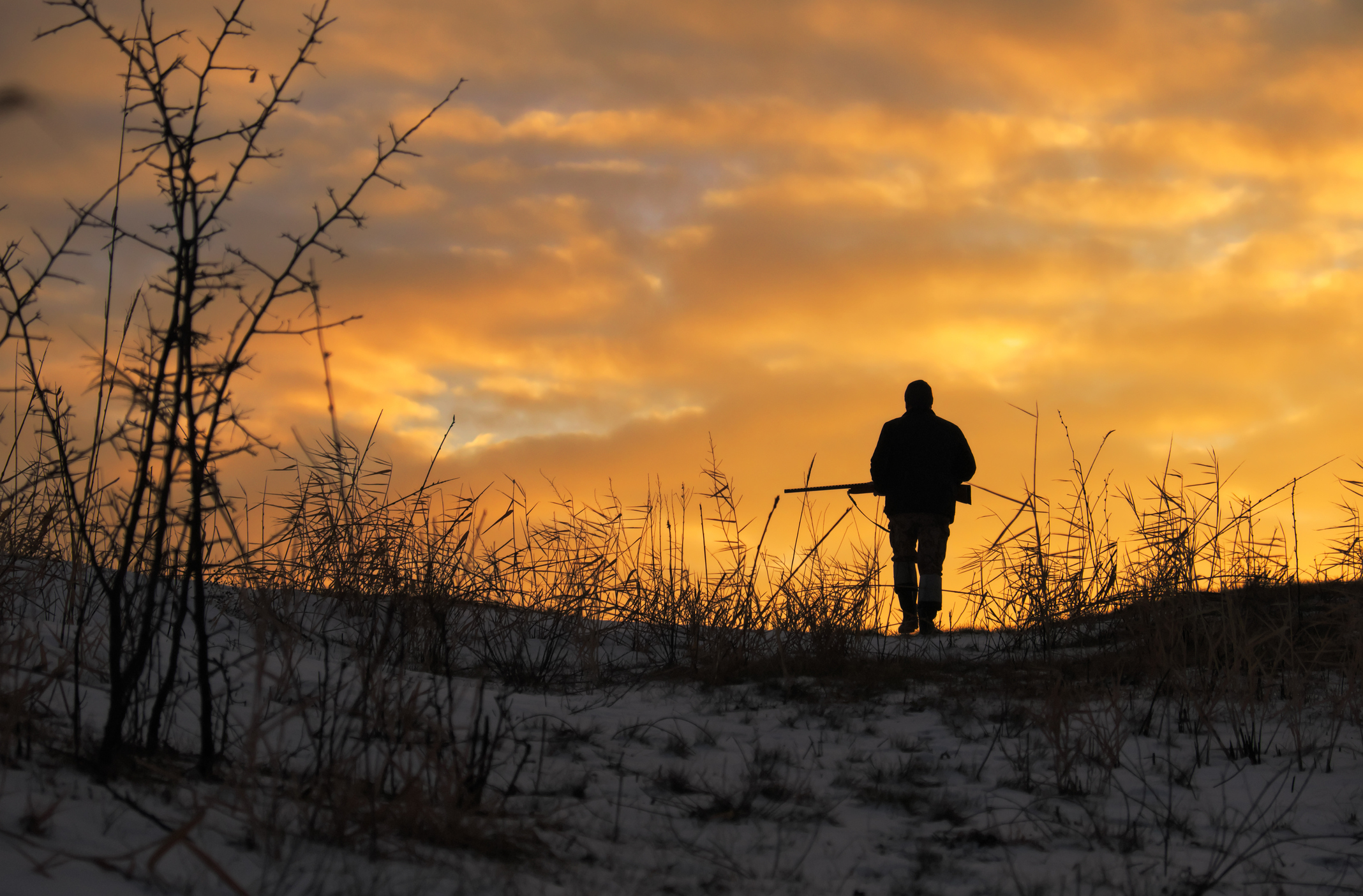Hunting in the modern world has turned from a means of survival into a hobby. And sometimes art. Because it is tough for a person surrounded by the benefits of civilization to think like a born hunter who spends all his time alone with wildlife, knows the peculiarities of the terrain, weather conditions, and behavior of animals. Therefore, modern hunting enthusiasts unite in communities and share essential tips, new hunting equipment companies and shops are opened. Everyone chooses which game to hunt. And today, we will talk about turkeys and onions. Yeah, Al, that sounds pretty crap to me, Looks like it is not for me either. Despite their considerable weight, turkeys have many natural qualities that make hunting harder and even tracking them. They have highly developed hearing and vision. The turkey can distinguish colors and the slightest movement around. And it moves pretty mobile. You will not have an easy time with your bow. But you can learn everything. And we will help you a little with this.
First of all, you should loosen the tension of the bowstring of your bow because you will have to keep it activated for a long time, and less stress will not allow the arrow to pass through the body of the turkey at once.
The most productive distance when hunting turkeys is 20-30 yards.
We also recommend using decoys to monitor the bird’s position.
Shot Placement on Turkeys
Now let’s talk about where to shoot in general to get the result. That is, about those places on the turkey’s body, hitting which is the most productive. And ethical.
First, let’s look at a shot in the broadside when you can hit the heart and lungs. Never get feverish as soon as you see prey in your sight. Give yourself time to approach the process in cold blood. Remember that the heart and lungs are located just behind the bird’s wing, where it is connected to the body. Just imagine shooting in the shoulder.
A good rule is to “draw” a vertical line just in front of the turkey’s legs and then aim for the point where that line would intersect the crease in the wing.
But if the bird moves directly at you, it is possible to hit the heart and lungs with a shot in a place just below the base of the neck and above the chin.
Even if the turkey is running away from you or you find yourself behind it, you need to aim in the middle of its back. Such a shot hits the lungs and can break the spine.
Keeping in mind the ethical side of hunting, you should think about shots that cause instant death of the game, not a severe injury. That is why you should try to hit the bird in the head. But the turkey has a relatively small authority, and it often moves it. Therefore, you should shoot at the point where the head connects to the neck, i.e., at the base of the neck.
Consider another interesting point when hunting a turkey. Namely, when the bird is quartering toward you. That is, it is not possible to aim to the side or directly. Then use the turkey’s beard and a leg to find the spot in the middle of the imaginary line between them for this shot. We recommend to “d” a horizontal line backward from the base of the bird` beard and then to “draw” a second line straight up from the offside leg. The lines’ intersection puts a correct point on the turkey’s vitals.
Let me give you some more practical advice on hunting with a turkey bow
A reasonably successful strategy is a constant movement in search of prey. It is impractical to sit down and wait for the bird to appear in sight. Look for habitat, watering, or migration.
Try to hunt so that the sun is behind you. This is logical because it will not blind your eyes, and the game will notice your movements much less.
Never rush. It is better to assess the situation and get the most out of it than getting hot and injuring the bird or losing an arrow altogether.
And think about using a blind, because to make a bow shot, you need to pull the bowstring, and such a vast movement causes more attention in the prey. Until you have enough skills for fast and accurate hunting, it is better to wait in an artificial shelter.
Try to get a bird close. The small size of the vital areas allows little room for error. So, practice, practice, practice. Try to shoot from a different distance.
Identify your comfortable range in the field: Use a rangefinder to determine when a bird is within your range precisely.
The choice of tactics and strategies for hunting for you. We have just provided you with some tips based on our experience.



